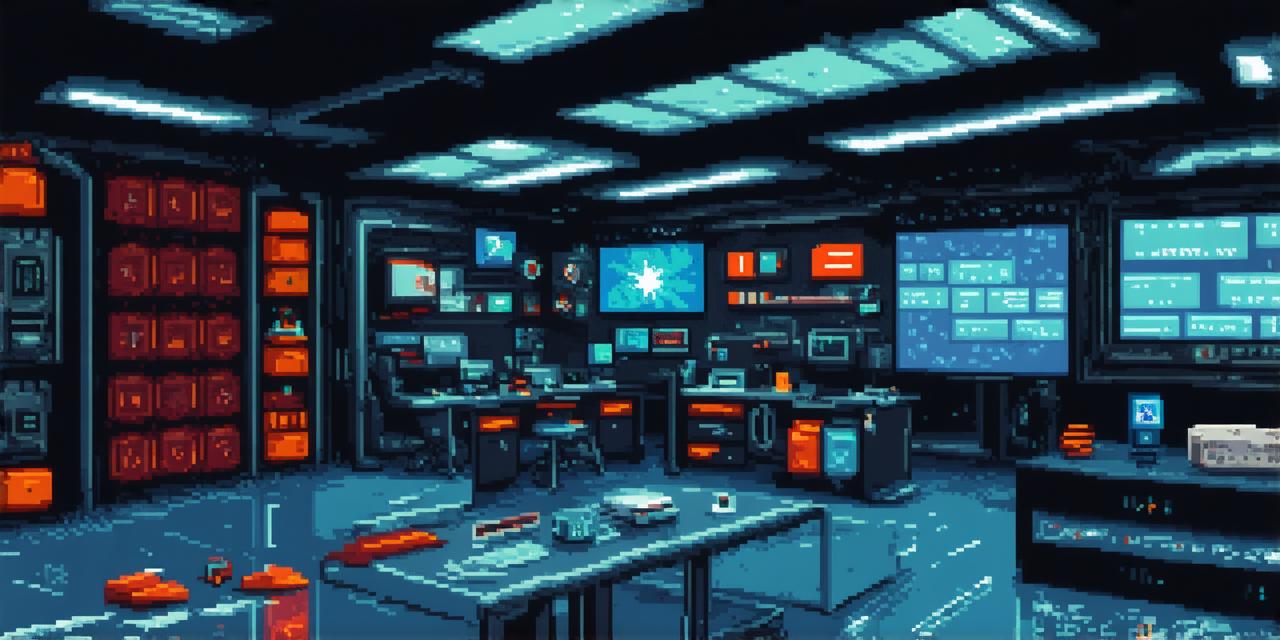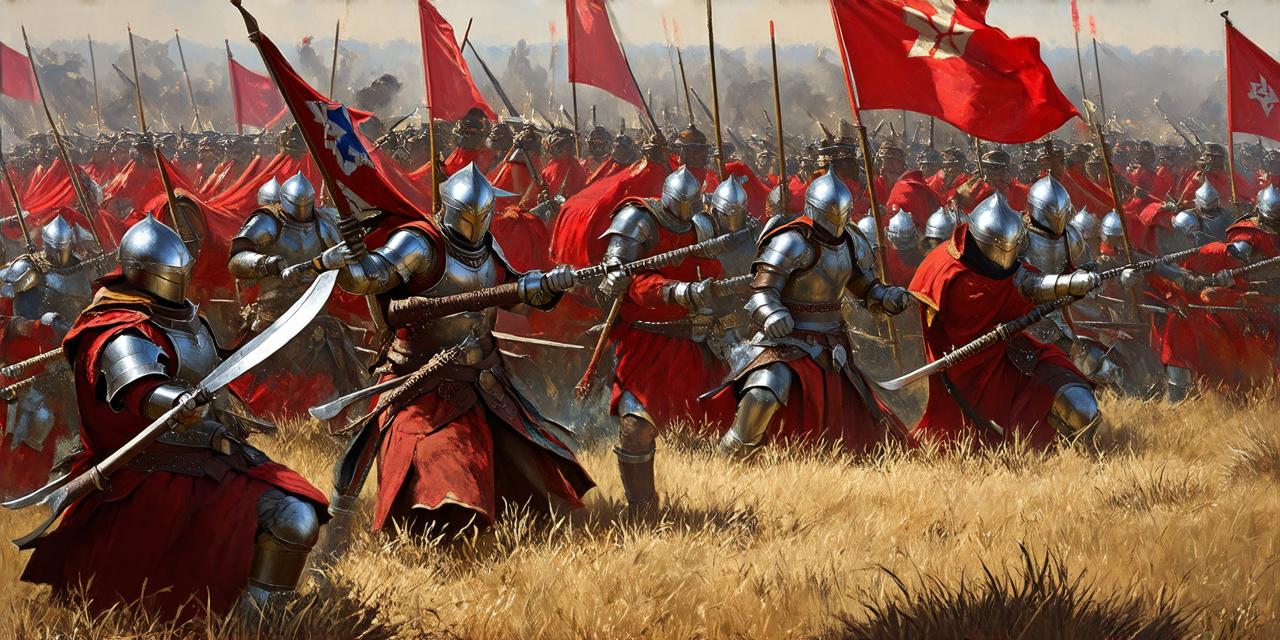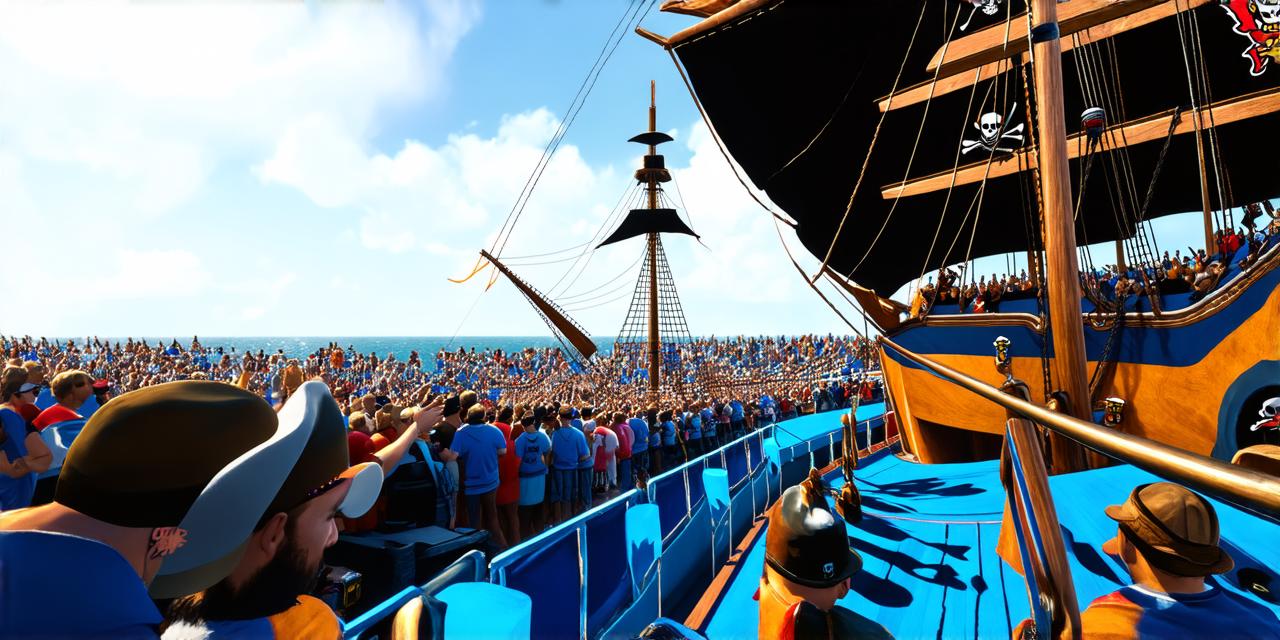Video games have come a long way since their inception. They are no longer just simple pastimes for children to pass the time. Today, they are a multi-billion dollar industry with complex teams of professionals working behind the scenes to create immersive and engaging experiences for players.
What is a Video Game Designer?
A video game designer is a professional who creates the content, rules, story, characters, environments, and overall gameplay mechanics for a video game. They work closely with other members of the development team such as programmers, artists, and producers to bring their vision to life. They use creativity, technical knowledge, and problem-solving skills to design games that are both fun and engaging for players.
The Role of Video Game Designers in Game Development

Video game designers play a crucial role in the development process. Their work begins with brainstorming ideas for new games and concepts. They then create a detailed plan, outlining the game’s mechanics, rules, characters, and overall structure. This includes designing the game’s world, creating characters, and writing the story that will guide players through the game.
Once the concept is finalized, video game designers work with other members of the development team to create a prototype of the game. They use this prototype to test and refine the game’s mechanics, rules, and overall design. They also collaborate with artists to create visual elements such as characters, environments, and objects.
Video game designers also work with programmers to ensure that the game’s code is optimized for performance and that it runs smoothly on various platforms. They also help ensure that the game is accessible to as many players as possible by designing for different devices and screen sizes.
The Impact of Video Game Designers on Player Experience
Video game designers have a significant impact on player experience. The design of the game world, characters, and storyline all contribute to the overall feel of the game. A well-designed game can be immersive and engaging, while a poorly designed game can be frustrating and disappointing for players.
For example, in the popular video game series, “The Legend of Zelda,” the designers worked tirelessly to create a vast and immersive world for players to explore. They also created a wide range of characters with unique personalities and backstories, which added depth and complexity to the game’s narrative.
Case Studies in Video Game Design
One example of the impact that video game designers can have on player experience is the classic video game “Mario Bros.” The designers behind this game created a world filled with challenges, obstacles, and power-ups that were both fun and frustrating for players. They also designed characters with unique abilities and personalities that added to the overall feel of the game.
Another example is the popular role-playing game “World of Warcraft.” The designers behind this game created a vast world filled with diverse landscapes, creatures, and quests. They also designed complex systems for character progression and combat that kept players engaged and motivated to continue playing.
Summary
In conclusion, video game designers play a critical role in the development of video games. They use their creativity, technical knowledge, and problem-solving skills to design games that are both fun and engaging for players. Their work is essential to creating immersive and interactive experiences that keep players coming back for more. So the next time you’re playing a video game, take a moment to appreciate the hard work of the video game designers who brought it to life.



